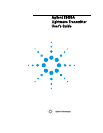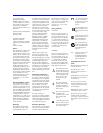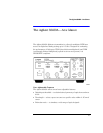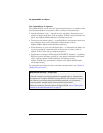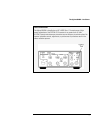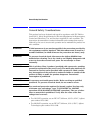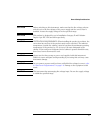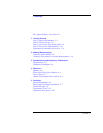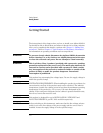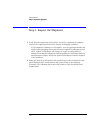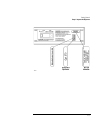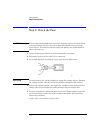
iv
The Agilent 83430A—At a Glance
Test Capabilities in Systems
The Agilent 83430A can be used as a general optical source or combined with
other instrumentation in systems to make a variety of measurements.
• Optical parametric tests — optical receiver sensitivity, dispersion power
penalty of single-mode fiber (with an Agilent 71603A error performance an-
alyzer and Agilent 83446A lightwave clock/data receiver).
• Transceiver waveform testing — including filtered conformance mask test-
ing, extinction ratio, and eye diagram measurements (with an
Agilent 83480A digital communications analyzer).
• Jitter tolerance of recovered clock and data — to determine the ability of a
receiver to maintain communication in the presence of jitter (with an
Agilent 71501C jitter and eye-diagram analyzer).
• Performance testing for WDM optical MUX/DEMUX channels — including
BER and system variations caused by cross-phase modulation and Raman
effect (with an Agilent 83446A lightwave clock/data receiver,
Agilent 71603B error performance analyzer, and Agilent 86120B multi-
wavelength meter).
For setup and procedures for these and other measurements, see Chapter 2,
“Making Measurements”.
Measurement accuracy—it’s up to you!
Fiber-optic connectors are easily damaged when connected to dirty or damaged cables
and accessories. The Agilent 83430A’s front-panel OPTICAL OUT connector is no excep-
tion. When you use improper cleaning and handling techniques, you risk expensive
instrument repairs, damaged cables, and compromised measurements.
Before you connect any fiber-optic cable to the Agilent 83430A, refer to “Cleaning Con-
nections for Accurate Measurements” on page 2-9.



